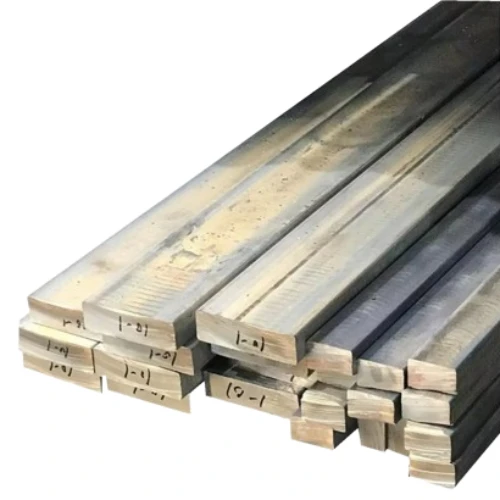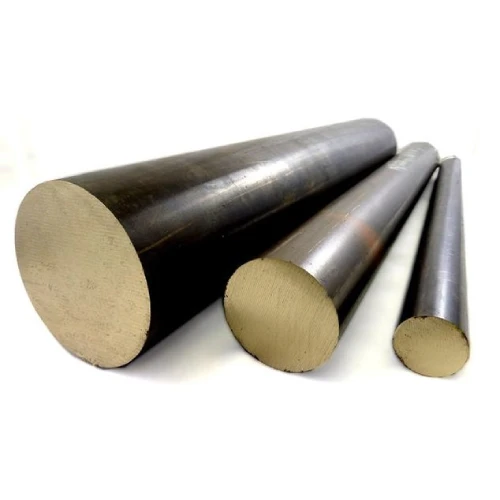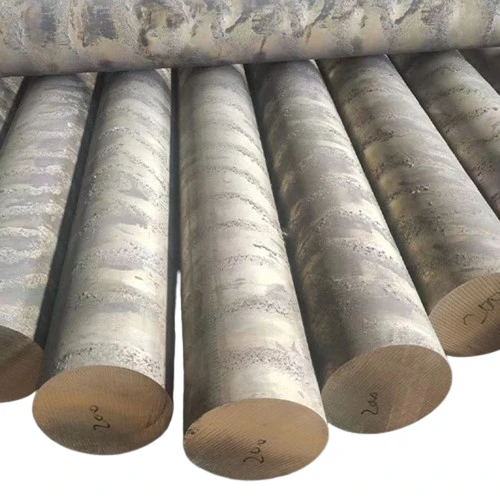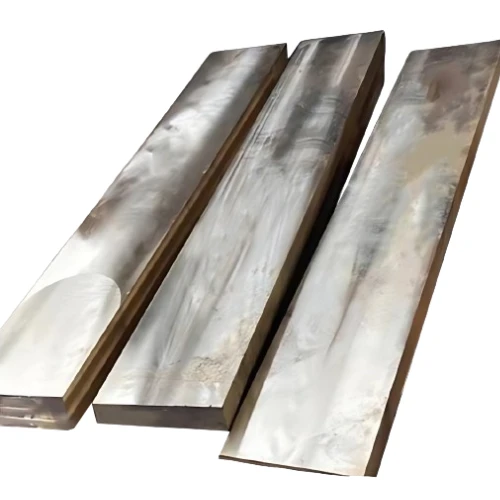C94800: Leaded Nickel-Tin Bronze for Strength, Wear, and Corrosion Resistance
C94800 is a copper alloy belonging to the leaded nickel-tin bronze family. It's known for its good
combination of strength, wear resistance, and corrosion resistance, with the added benefit of improved
machinability due to the presence of lead. Here's a closer look at its key characteristics:
Table: Key Properties of C94800
| Property |
Description |
| Chemical Composition |
- Primarily Copper (Cu): Balance (Cu + named elements typically over 98.7%) <br> - Nickel
(Ni): Up to 8% (may include Cobalt) <br> - Tin (Sn): 4.5-6% <br> - Lead (Pb): Up to
1.0% <br> - Other (Fe, etc.): Trace amounts
|
| Mechanical Properties |
- Good tensile and yield strength <br> - Good wear resistance <br> - Excellent
machinability due to lead content <br> - Good corrosion resistance
|
| Common Brands (By Country) |
- Europe: CuNi8Sn6Pb1 [Europe], Nickel Tin Bronze |
US: Leaded Nickel Tin Bronze |
Important Note: Environmental regulations and health concerns might limit the use of leaded
alloys in some applications. Lead-free alternatives are available (e.g., C94700).
Common Questions and Answers:
What are the typical applications of C94800?
C94800 was traditionally used in various industries due to its machinability and well-rounded properties:
Gears: Gears requiring good machinability and a balance of strength and wear resistance
could be made from C94800 (regulations might limit its use now).
Bearings and bushings: In applications with demanding loads and wear requirements, C94800
was suitable for bearings and bushings (regulations might apply).
Wear plates and liners: Industrial machinery could benefit from C94800's wear
resistance (lead content needs consideration).
How does C94800 compare to other copper alloys?
C94800 offers some advantages:
Good combination of properties: It provides a balance of strength, wear resistance, and
good corrosion resistance with excellent machinability due to lead.
Machinability: Compared to some copper alloys with high nickel content, C94800 offered
superior machinability, making it easier to work with.
Are there alternatives to C94800?
Due to environmental concerns and regulations, lead-free alternatives are often preferred:
Leaded-free nickel-tin bronzes (e.g., C94700): Offer similar properties but with slightly
lower machinability.
High-aluminum bronzes (e.g., C95800): Excellent wear resistance but might have slightly
lower strength and be more expensive.
Important Note: Always consult with a material engineer or supplier to identify the most
suitable copper alloy for your specific application considering factors like strength, wear resistance,
corrosion resistance, machinability, lead content (regulations), and cost. Lead-free alternatives are
generally recommended due to environmental and health considerations.



